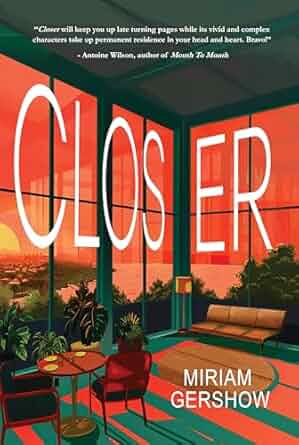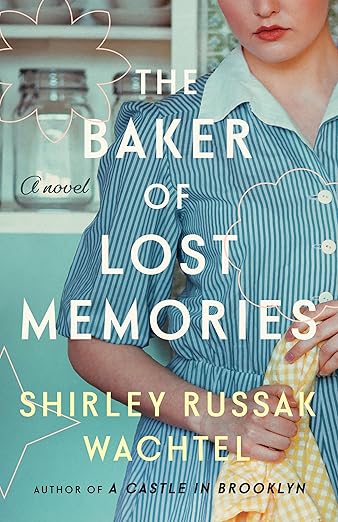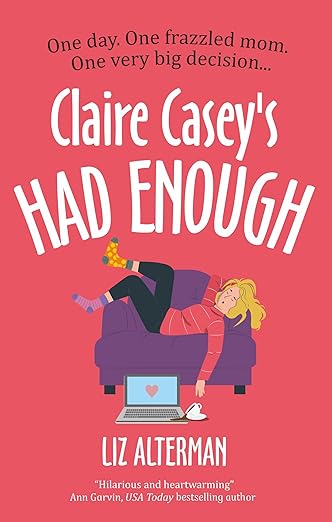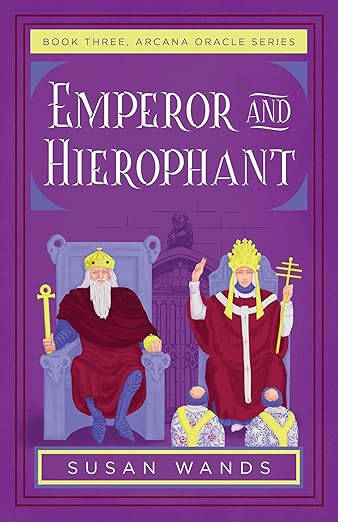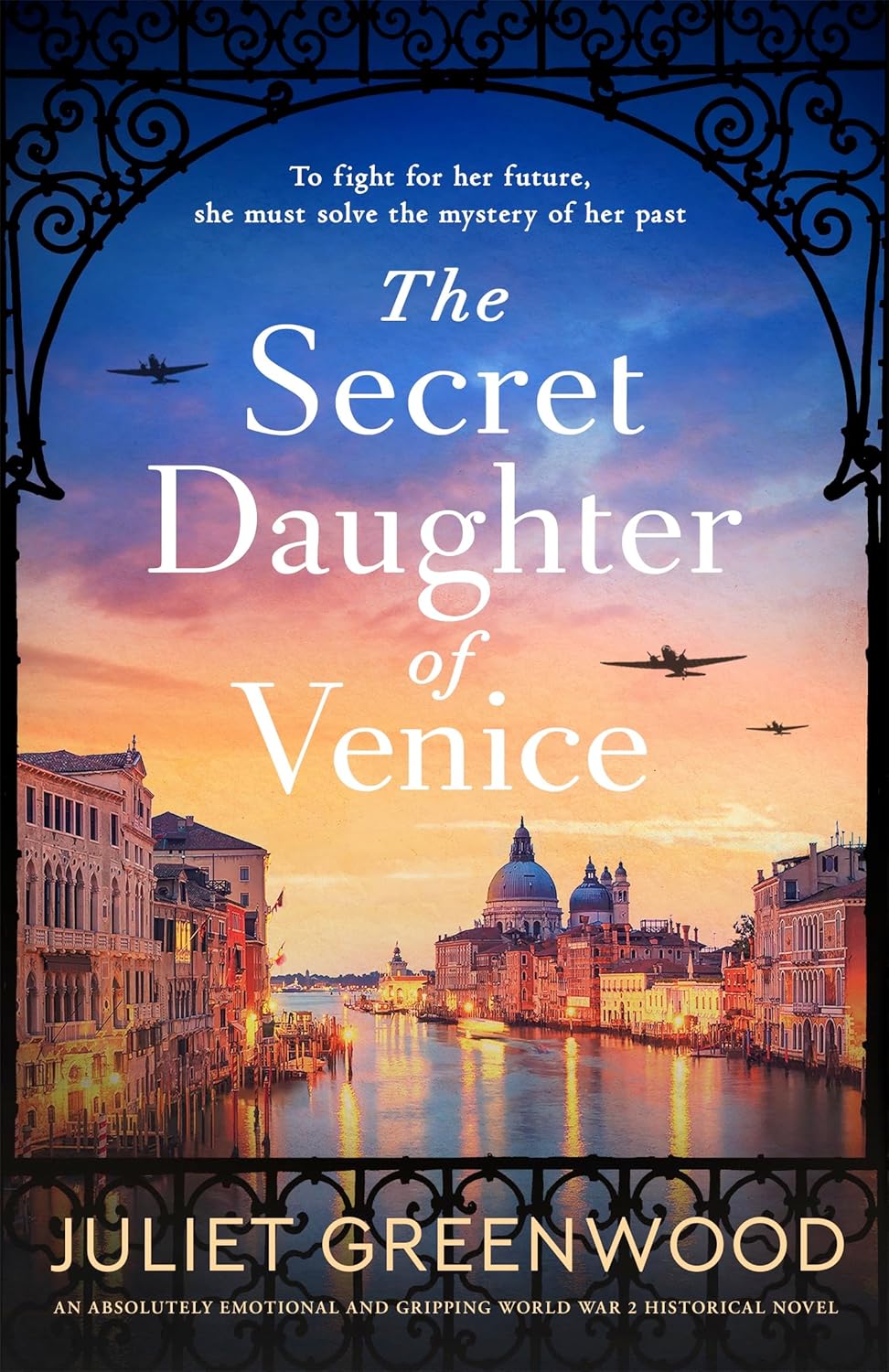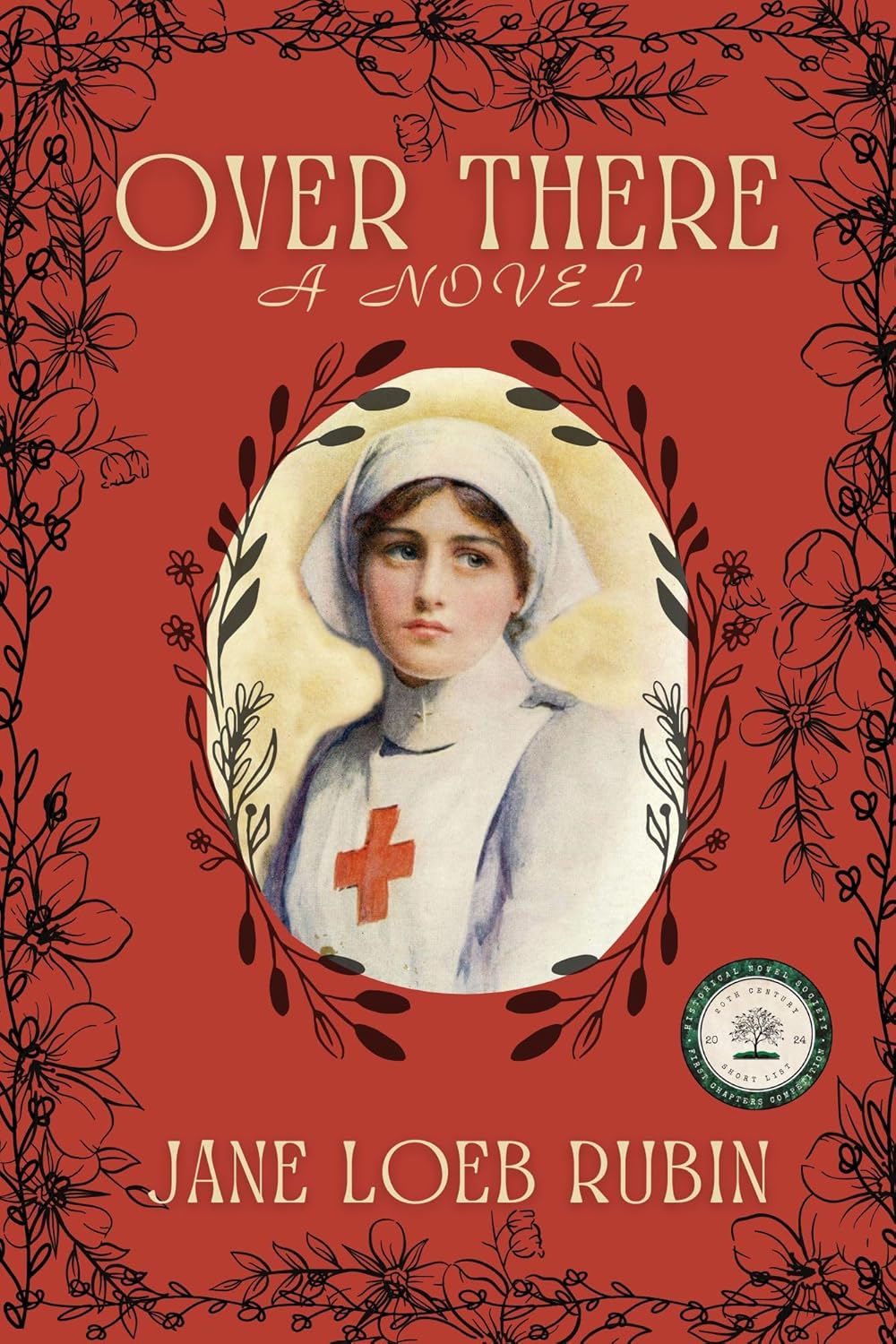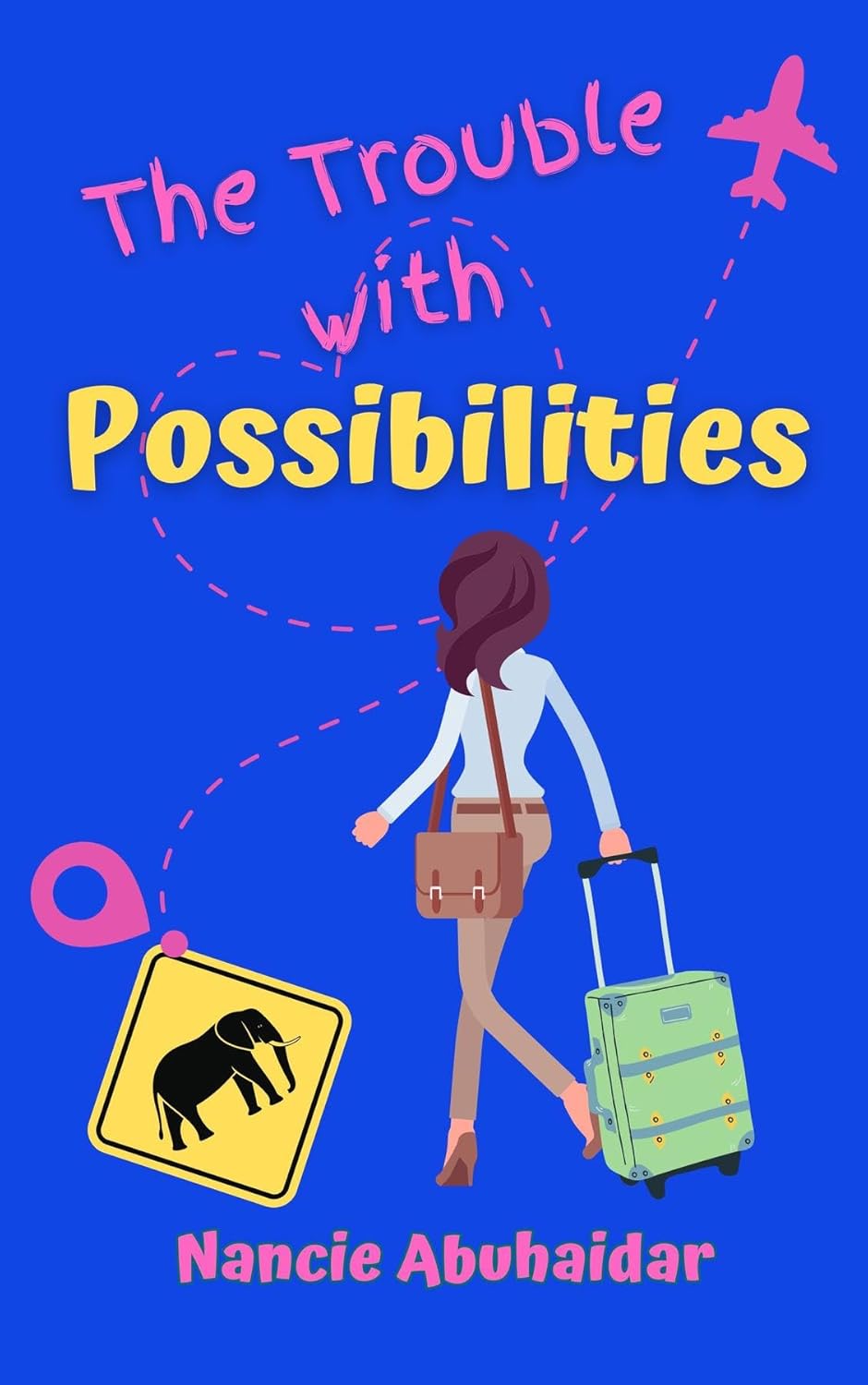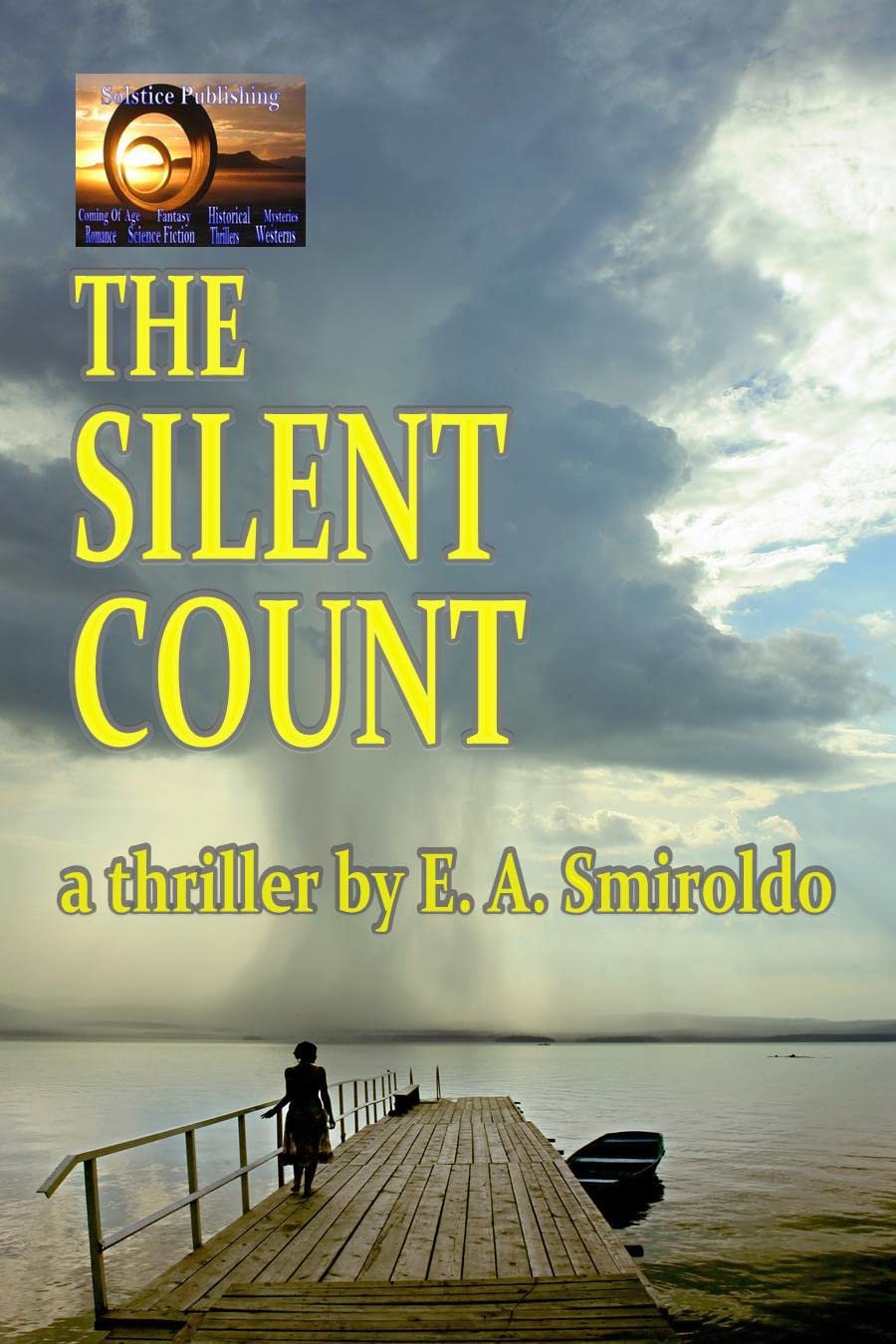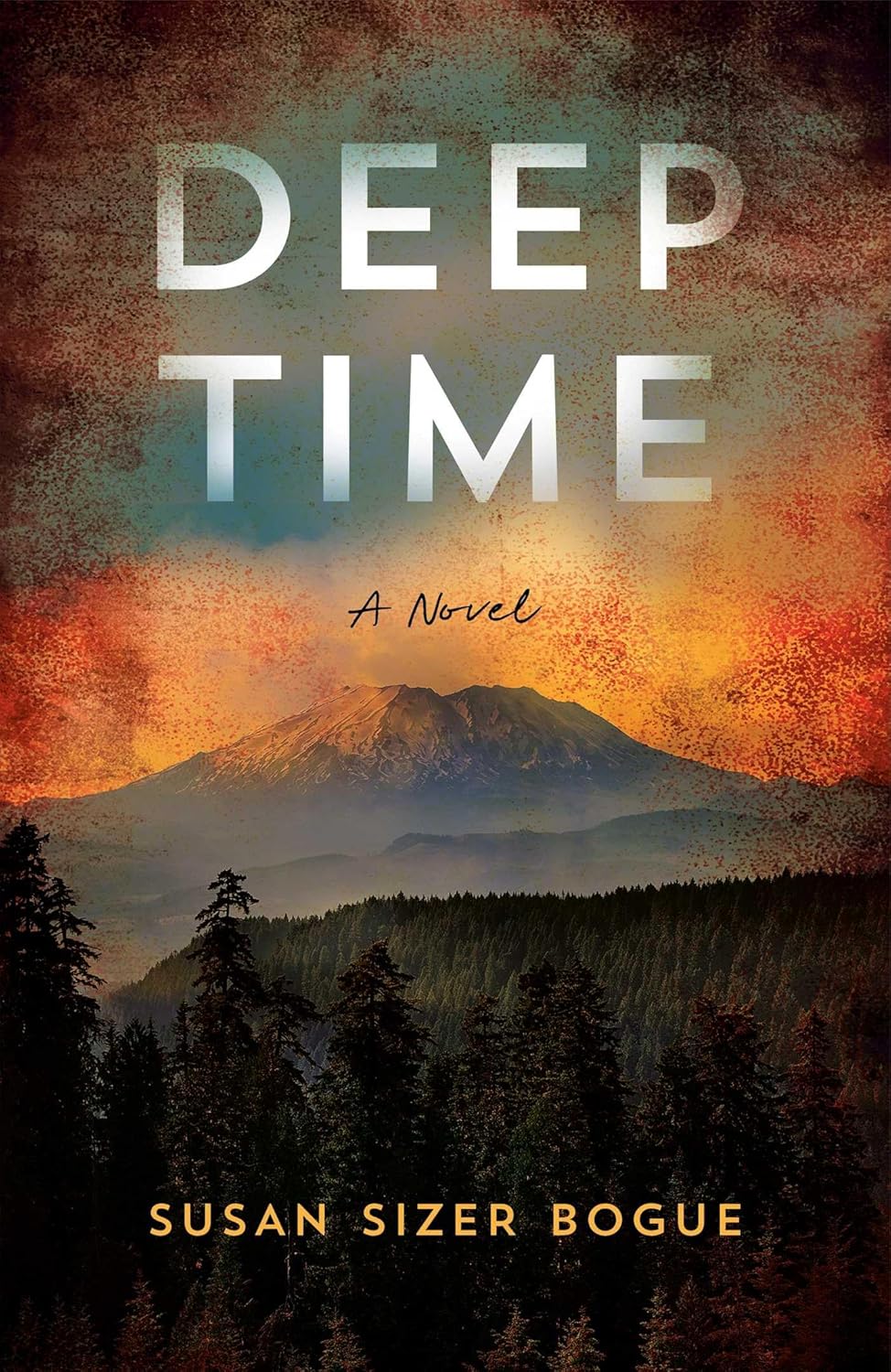Always Ahead of her Time, Pauli Murray’s Time is Now
Always Ahead of her Time, Pauli Murray’s Time is Now
by Simki Kuznick
People often ask me how I learned about Pauli Murray. They wonder how a White woman came to be interested in an obscure African-American civil rights activist who is barely mentioned in the history books. It started when I traveled to Ghana on a student trip with a group called Operation Crossroads Africa, and became friends with Barthélémy Roussève, who was the regional coordinator for the different volunteer groups. Bart was from New Orleans of Creole heritage.
I later learned that Murray spent a year in Ghana teaching constitutional law in the newly independent country in 1960. She might have known Dr. James Robinson who started Crossroads Africa two years earlier. Robinson was a pastor who had attended Lincoln University, a pre-Civil War college for free people of color whose original bricks were fabricated by Murray’s great-grandfather. I also made bricks for a village school while I was in Ghana that summer of 1972. Robinson’s idea was to start a program where young Americans could provide a service to young people in Africa and forge bonds of understanding. President Kennedy enlisted Robinson’s advice when he created the Peace Corps.
Years later, Bart gave me Pauli Murray’s out-of-print family memoir, Proud Shoes, because he knew I was interested in stories of interracial families. By that time, I was married to an Eritrean from East Africa who came to California under the sponsorship of a Peace Corps member. We had two daughters and we belonged to a family support group in Berkeley called Interracial Pride. Pauli Murray’s story plunged deep into her interracial American roots. On her grandfather’s side, she could trace her ancestry to a part-Irish former slave emancipated by his Quaker owner in Pennsylvania and a woman born of a French family in Delaware. Her grandmother’s mother was an enslaved Cherokee woman who was raped by two unmarried brothers on the plantation of their father who had been a North Carolina congressman during President Monroe’s term.
When I read Pauli Murray’s other memoir, Song in a Weary Throat, published posthumously in 1987, I learned about her amazing life of firsts. In the 1930s, Murray challenged the University of North Carolina’s refusal to admit Black students. In 1940, she was jailed in Virginia, for violating a state law requiring segregation of public buses, fifteen years before Rosa Parks. She organized protests by Howard University students at segregated restaurants in Washington, D.C. Her Howard Law School essay proving that separate could never be equal was used to prepare arguments to the Supreme Court for Brown v. Board of Education. In the ’60s, she coined the term “Jane Crow” and helped found the National Organization for Women. Ruth Bader Ginsburg included Murray as a co-author of RBG’s Brandeis Brief arguing that discrimination against women was similar to racial discrimination. And finally in 1976, Murray became one of the first Black woman priests in the Episcopal Church.
Pauli Murray was always ahead of her time. We are only now looking forward to having a Black woman on the Supreme Court, but Murray wrote a letter to President Nixon nominating herself for that position in 1971! As she famously said, “One person plus one typewriter constitutes a movement.”
As I read about Murray’s struggles and her persistence in the face of tremendous odds, it made me want to tell her story in a way that would be accessible and inspiring for young readers. I wanted to dramatize how her grandmother felt when the KKK rode around her isolated cabin with torches aloft; how her grandfather signed up three times to serve in the Civil War, once after recovering from a bullet behind his eye; how Pauli rode the freight trains during the Depression when she didn’t have enough money to get home from California; how she spent nights in jail and taught Gandhian protest principles to the rowdy female inmates; how she and her girlfriend disguised themselves as Boy Scouts as they went on hitchhiking sprees.
As I was writing, scholars who had access to Murray’s personal papers were learning about Pauli’s struggles with her sexual identity: how she pressed her doctors to try hormone therapies to balance her deep sense that she was more male than female, how she found herself recovering in the hospital after emotional breakups with her girlfriends. In her memoir, Pauli didn’t acknowledge that her 15-year friendship with a woman was a lesbian relationship.
It is possible she has been unheralded in the history of Civil Rights because the NAACP refused to take up some of her causes. There were rumors that she had been hospitalized for mental breakdowns, hints of her association with Communist organizations in the 1930s, and gossip about her friendships with women. The NAACP preferred its representatives to be completely unblemished to avoid any distraction from their goals.
When I first shopped this book around, I always received positive responses from publishers and Young Adult authors. “What a fascinating story,” they told me. “Unfortunately, no one has ever heard of Pauli Murray, so it wouldn’t sell.” Disappointed, I put the book away for a time. When I finally queried Rootstock, an independent publisher in Vermont, Stephen McArthur said his wife, a long-time feminist, had known about Murray for years.
He felt that our cultural reckoning spurred by the Black Lives Matter movement and our new awareness of gender issues meant that Murray’s highly intersectional story would resonate with young people today. It doesn’t hurt that there is a documentary film about Pauli Murray streaming on Amazon. Clearly, this is Pauli Murray’s time. I hope my book presents this remarkable person’s life in a dramatic way that shows the heart and soul of her unique American story.
—
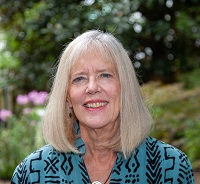 Simki Kuznick grew up in the Bay Area before she moved to Washington, DC, where she had a long career as an editor for the US Government. Her writing focuses on what people with multicultural and multiracial heritage can bring to our understanding of what it is to be American. She edited a monthly newspaper, Poetry San Francisco, and was a founding member of Interracial Pride in Berkeley, California, while raising two daughters with her first husband who is from Eritrea. She completed her MFA in Creative Writing at American University in 2010. Her poetry explores the interactions between cultures in Africa, Asia, and Eastern Europe. She and her husband, Peter Kuznick, who co-authored The Untold History of the United States with Oliver Stone, live in Bethesda, Maryland, along with their numerous reptiles and amphibians.
Simki Kuznick grew up in the Bay Area before she moved to Washington, DC, where she had a long career as an editor for the US Government. Her writing focuses on what people with multicultural and multiracial heritage can bring to our understanding of what it is to be American. She edited a monthly newspaper, Poetry San Francisco, and was a founding member of Interracial Pride in Berkeley, California, while raising two daughters with her first husband who is from Eritrea. She completed her MFA in Creative Writing at American University in 2010. Her poetry explores the interactions between cultures in Africa, Asia, and Eastern Europe. She and her husband, Peter Kuznick, who co-authored The Untold History of the United States with Oliver Stone, live in Bethesda, Maryland, along with their numerous reptiles and amphibians.
Pauli Murray’s Revolutionary Life
 Inspiring and timely, Pauli Murray’s Revolutionary Life is the riveting story of an African American woman, born in 1910, who blazed through the barriers of race and gender decades before the Civil Rights and Women’s Movements. Pauli Murray fearlessly rode freight trains dressed as a boy during the Great Depression and befriended First Lady Eleanor Roosevelt before embarking on a pioneering life of social activism, legal scholarship, and many firsts.
Inspiring and timely, Pauli Murray’s Revolutionary Life is the riveting story of an African American woman, born in 1910, who blazed through the barriers of race and gender decades before the Civil Rights and Women’s Movements. Pauli Murray fearlessly rode freight trains dressed as a boy during the Great Depression and befriended First Lady Eleanor Roosevelt before embarking on a pioneering life of social activism, legal scholarship, and many firsts.
In 1944, Pauli graduated first in her class at Howard University; in 1965, she was the first Black woman to earn a doctorate in law from Yale University; in 1966, she was a founder of NOW, the first National Organization for Women; and in 1977, Pauli was the first Black woman to be ordained as an Episcopal priest. Pauli never faced a barrier she couldn’t smash through, and her life as a feminist, civil rights lawyer, poet, author, activist, and priest paved the way for all to live a life of equality and purpose.
BUY HERE
Category: Contemporary Women Writers, How To and Tips





